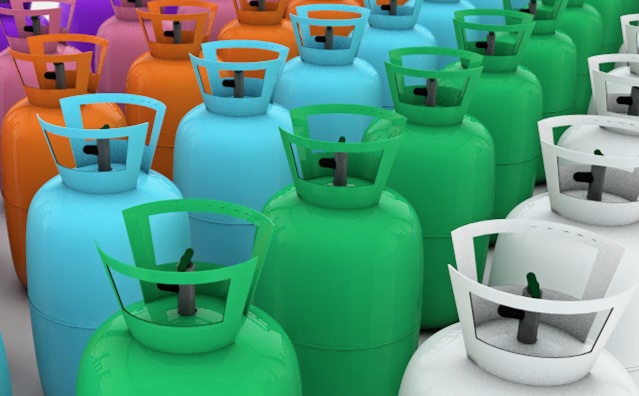
16 August 2023, Wednesday
Refrigerants are special compounds used in air conditioning systems and they possess specific characteristics that affect their performance, efficiency, and suitability. Here are the important features of refrigerants:
Temperature Range: It is crucial for refrigerants to be effective within a specific temperature range. They should be able to operate efficiently at both low and high temperatures, ensuring desired cooling or heating effects without undesirable outcomes.
Pressure Levels: Refrigerants need to be stable within certain pressure ranges. They should withstand pressure changes within the system and demonstrate desired performance within these pressure limits.
Heat Transfer Efficiency: Refrigerants must facilitate efficient heat transfer. Heat transfer efficiency depends on factors such as the thermal conductivity, heat transfer coefficient, and viscosity of the refrigerant. Good heat transfer enhances energy efficiency in air conditioning systems and ensures the desired cooling or heating effect.
Environmental Impact: Environmental effects of refrigerants should also be considered. Some refrigerants can deplete the ozone layer or contribute to greenhouse gas emissions. Therefore, preference should be given to refrigerants with minimal environmental impact or those that are environmentally friendly.
Chemical Stability: Refrigerants should maintain chemical stability during long-term use, without decomposition or degradation. Chemical stability affects the refrigerant's lifespan and the reliability of the system.
Flammability and Toxicity: Refrigerants should not be flammable or toxic, ensuring safety in air conditioning systems. They should not pose a risk to human health or increase the chances of fire incidents.
These characteristics of refrigerants should be taken into account during the design and selection of air conditioning systems. The ideal refrigerant should be chosen and optimized based on specific application or system requirements. This approach maximizes the system's performance, energy efficiency, and reliability.
